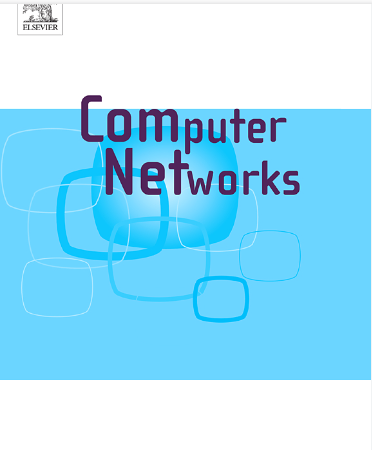Sample analysis and multi-label classification for malicious sample datasets
IF 4.4
2区 计算机科学
Q1 COMPUTER SCIENCE, HARDWARE & ARCHITECTURE
引用次数: 0
Abstract
Network attacks pose serious threats to cybersecurity. Researchers provide well-known malicious sample datasets for evaluating methods to detect these attacks. However, we discover that these datasets exhibit a multi-label phenomenon, where a sample has multiple labels. Multi-label problems are ubiquitous, such as in malware detection, where different engines could assign different labels to the same unknown software. But multi-label phenomenon in computer network datasets is different from the traditional multi-label problem. These datasets, which are by default single-labeled, annotated, published, and utilized to evaluate various single-label detection methods. Researchers ignore the possibility that the samples within the datasets may be multi-labeled. Therefore, it is inappropriate to directly utilize these data for evaluating single-label detection methods.
In this paper, we focus on well-known malicious traffic and malware datasets with a comprehensive study, including sample analysis and multi-label classification: (1) We perform comprehensive statistics on 15 datasets, quantify the proportion of multi-label samples and the number of categories affected in them, and analyze the intrinsic connections between attacks. (2) We employ multiple classical multi-label algorithms to classify the multi-label samples in 9 datasets, and the experimental results show that they are superior to the single-label state-of-the-art (SOTA) method, and can improve accuracy and F1 by 39.6% and 57.69% on average.
We conclude that the multi-label phenomenon is ubiquitous in malicious traffic and malware datasets, and it should be considered in network attack detection.
求助全文
约1分钟内获得全文
求助全文
来源期刊

Computer Networks
工程技术-电信学
CiteScore
10.80
自引率
3.60%
发文量
434
审稿时长
8.6 months
期刊介绍:
Computer Networks is an international, archival journal providing a publication vehicle for complete coverage of all topics of interest to those involved in the computer communications networking area. The audience includes researchers, managers and operators of networks as well as designers and implementors. The Editorial Board will consider any material for publication that is of interest to those groups.
 求助内容:
求助内容: 应助结果提醒方式:
应助结果提醒方式:


